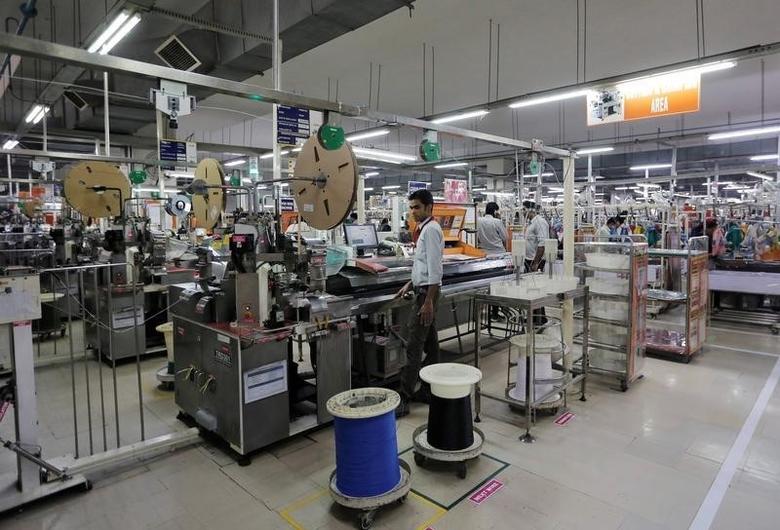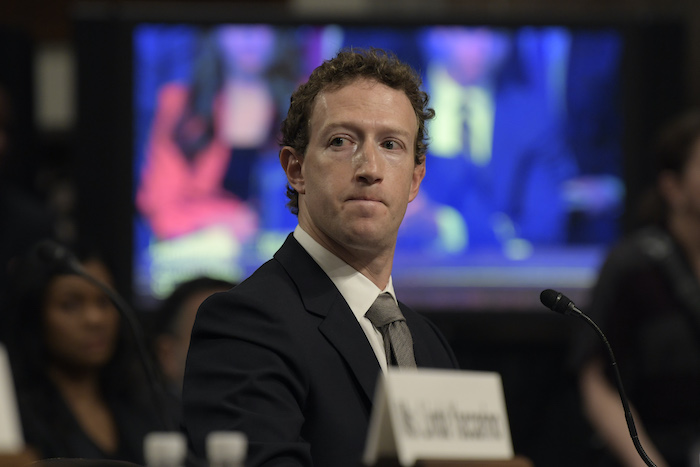(ATF) India’s economy officially entered a technical recession with two consecutive quarters of negative growth, but with a slower pace of contraction, is recovering faster than expected.
This momentum is also expected to continue, say analysts, while some are also seeing the country returning to growth as soon as the next quarter.
Data released by the National Statistics Office showed on Friday that in the second, or July-September, quarter of 2020-21, India’s economy contracted 7.5% from the same quarter last year, versus the 4.5% growth recorded in the September quarter of 2019-20.
This was a significant improvement over an unprecedented 23.9% year-on-year contraction witnessed in the April-June quarter of this year, as the lockdown imposed to control the coronavirus pandemic had brought economic activity to a standstill.
Ratings agencies, the IMF and World Bank had forecast a turnaround, but projected a bleaker revival with a full-year contraction ranging from 8.5% to more than 10%. The Reserve Bank of India (RBI) too had earlier projected that India’s economic contraction for the 2020-21 year would be 9.5%.
The improved results were helped by better-than-expected performance by the farming sector that gained 3.4% year-on-year, and several material improvements in manufacturing, utilities and construction as they returned to positive growth territory.
READ MORE: India crafts new growth strategy for manufacturing, jobs
Manufacturing clocked a surprise growth rate of 0.6% in July-September after it had shrunk by a massive 39%. The services sector also showed improvement with lower-than-expected contraction at 15.6%.
Trade and transport however, continued to underperform across sectors, falling by over 15% year on year despite improving mobility across the country. At minus 10.75% year on year, domestic demand also continues to be deeply negative.
“While the economy has shrunk for two consecutive quarters and India continues to be in a technical recession, a drop in the rate of GDP contraction signals a revival for the economy”, said an analysis by the investment bank Barclays. “Friday’s modest upward surprise reinforces our view that a robust rural sector and fiscal transfers have supported the Indian economy. While manufacturing production is showing a strong recovery for now, output is close to near-term highs,” Barclays added.
Revival to continue
The bank forecast that the services sector should be next in line to recover, with several areas already reporting higher activity, notwithstanding increased Covid-19 cases in some parts of the country.
Many high-frequency indicators, such as goods and services tax collections, factory output data and purchasing managers’ index data had indicated a recovery was underway and is likely to have further picked up momentum in the third quarter, driven mainly by India’s festival and holiday season.
On Thursday, RBI too expressed satisfaction in India’s recovery from the lockdown, which it said had been stronger than expected. The recovery, the central bank said, had been driven by pent-up demand as the curbs that were imposed in the wake of the coronavirus pandemic began gradually easing.
The September quarter improvement comes ahead of next week’s interest rate decision by the RBI and coincides with a drop in India’s daily virus cases, which have tapered off to half of a peak of more than 97,000 infections a day in mid-September.
Headwinds ahead
Despite the smaller rate of contraction, the Indian economy remains one of the worst performers among 24 major countries. The UK contracted 9.6% in the July-September period but China, on the other hand, is the only country that has shown growth at 4.95% during the period.
“It is important to note that the recovery still faces several headwinds,” said Shilan Shah, senior India economist at Capital Economics. “The underwhelming fiscal response to the crisis will guarantee a legacy of high unemployment and firm failures. In turn, this will inflict further damage on the banking sector, which entered the crisis in poor shape. Output should return to pre-virus level by the middle of 2021, but will remain below its pre-virus trend for several years to come,” Shah added.
Private consumption, which shrank 11.5%, indicates that the bounceback in private demand is still some time away. According to Madan Sabnavis, chief economist, CARE Ratings, consumption and private investment would take a hit going forward as teh government has not addressed the twin issues of unemployment and inadequate job creation, .
Nevertheless, as the slew of high-frequency indicators suggested that the economic recovery is becoming entrenched, said Barclays adding, if the recovery stays on track, the economy could return to positive growth as early as the next quarter.
“Given the positive surprise from incoming data, optimism over vaccine availability and the easing of the virus outbreak over the past few months, we recently raised our FY21-22 GDP forecast to 8.5% from 7.0% earlier,” Barclays said.
























